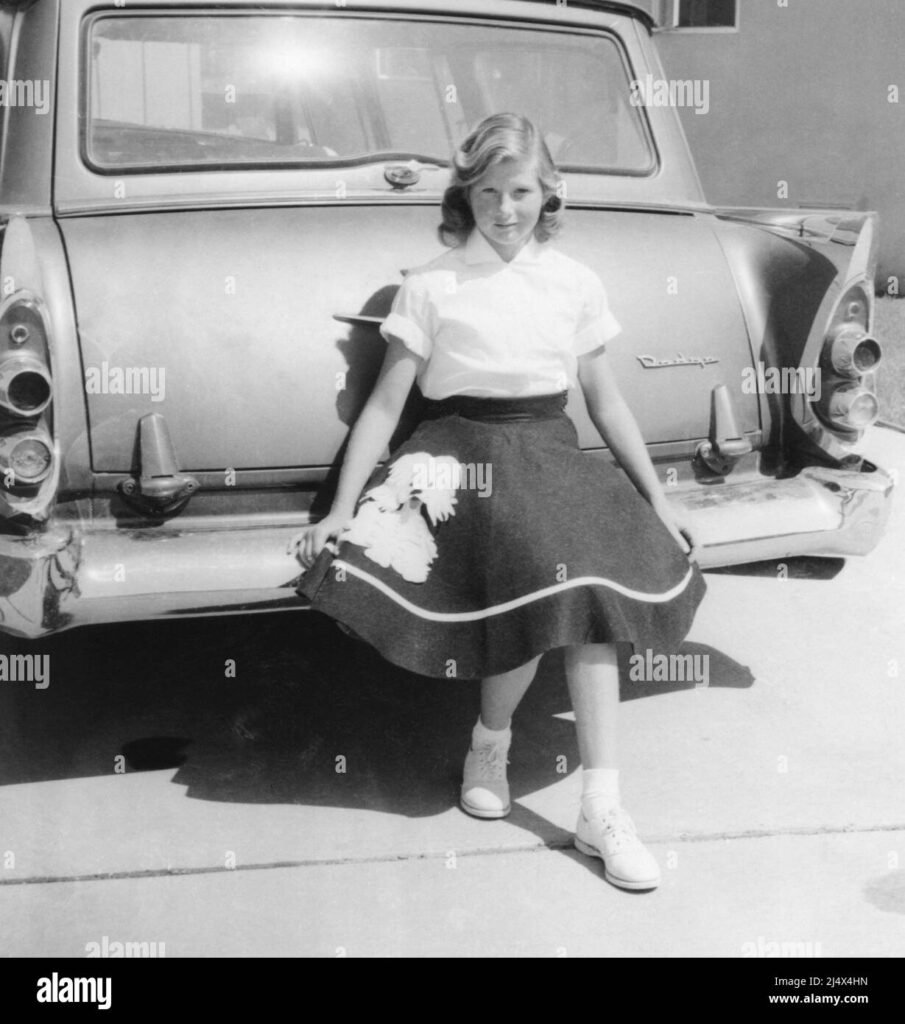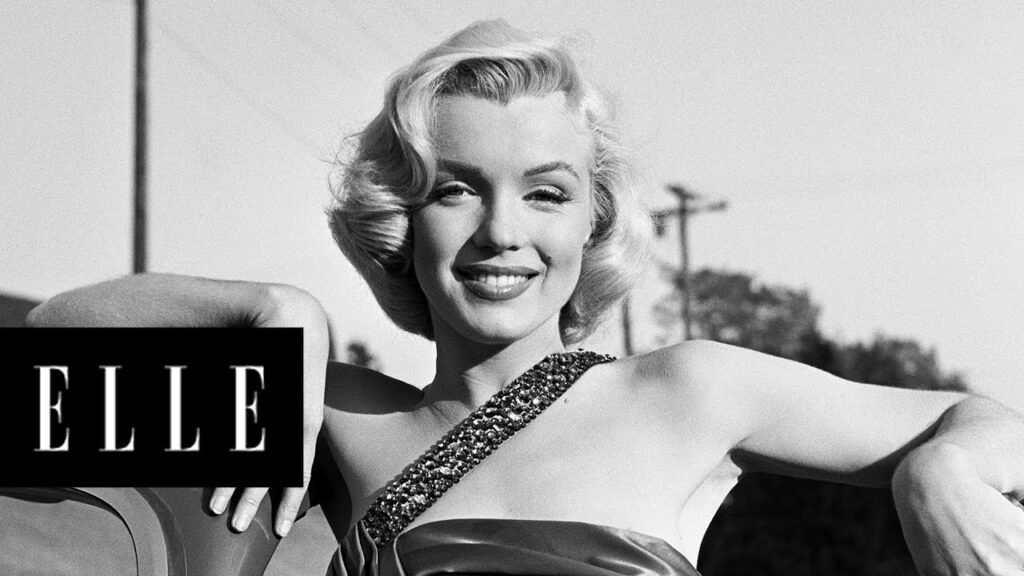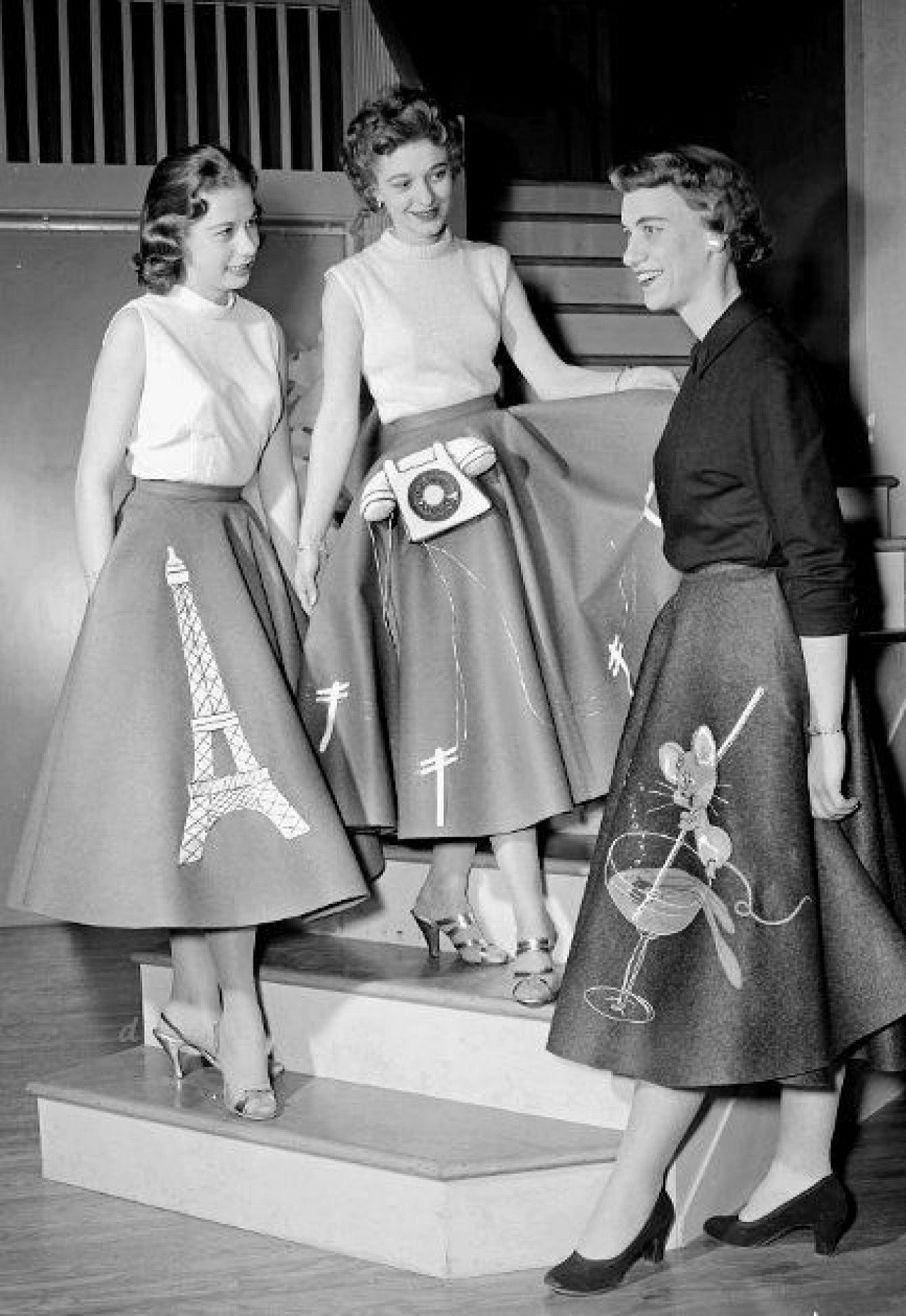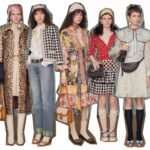Hi,Fashion enthusiasts .Today we’re going to talk about history of fashion. Especially 1950s Fashion. Let’s proceed with nitpicking on what people think about 1950s Fashion.I had a lot of requests to do this and I think the reason is because 1950 is one of the most misinterpreted decades or eras when it comes to fashion history.
There’s a lot of other eras like that, for example 18th century or 1920s as I’ve mentioned before, but 1950s fashion for some reason I think maybe because of the cultural impact that it had on the history of the humankind and fashion. It basically works on our imagination really well and it does not always bring the best results. So first of all,1950s was a way more complex era than everyone is thinking in terms of fashion.
We usually tend to have this one particular picture of what fashion looked like at the time, but obviously a lot more happened in that era and not everyone wore the same and especially after World War II there were a lot of differences between the countries as well. So for example French fashion from the era is completely different from let’s say American fashion or German fashions, because we had a different political system that affected the way people dress. It’s important to remember that if you have a particular image that’s connected to an era it’s probably one hundredth of what happened in terms of fashion at that time.



So this does apply to a couple of major stereotypes that people have reinforced when it comes to 1950s. First of them is the kind of rockabilly rock and roll style that I see a lot when it comes to like 1950s costumes or 1950s parties. Basically everyone just throws on a bandana and skirt and saddle shoes and they’re ready to go and I mean it’s not that inaccurate.

There were some people that wore this style, obviously it differed a lot from what we see nowadays at costume parties or like costume stores or whatever, but it was a small group of people. It was basically a subculture at the time. Even people dancing rock and roll on a regular basis, such as teenagers or like students, they would probably have been dressed in a much more modest and conservative style which consisted of like a buttoned up blouse, flared skirts and like ballerinas or heels.
So like all of those elements are very particular style that not everyone sported and that’s just it. There’s a lot of misconceptions that the rockabilly style has put into people’s minds. I don’t mean to like be salty, a lot of people just think that modern rockabilly is what people wore at the time and it’s hugely inspired.
It takes a lot of inspiration but it’s not at all historically accurate. So like not everyone was like running around in polka dot skirts and a bandana. It’s an easy way to imitate some of the silhouettes from the era but it’s by no means an accurate representation of what people wore.

So that’s one thing that I think is important to remember, is that at that time fashion was primarily for grown-ups. It changed in late 1960s but up until that era everything that was proposed by the designers or like fashion brands was supposed to be worn by grown-ups. Basically anyone that was not a grown-up at the time, kids, teenagers, people in their early 20s, they would wear similar styles but they would also have a completely different style that was made especially for younger people.
And one of these things that were sort of a symbol of that style was saddle shoes and also some younger people wore ponytails as well. So all these things that nowadays are kind of symbols of 1950s were actually sort of off main track of fashion. It was sort of non-mainstream.
It was what young people wore at the time but young people did not dictate fashion at the time. So like young people’s outfits were not what you would show in Vogue. What you would show in Vogue or in like fashion magazines were dresses for people over like 30, 40, 50.



So another thing which is kind of sad and disappointing to some people but it’s also a very popular misconception is that 1950s in terms of body image was all about those like curvy women. And I’ve seen that in some of the videos discussing like different body types around different eras but actually that is completely false. If you look at the models from the magazines or photographs from the era, anyone that is considered beautiful is really really skinny.
And I mean some of the models from 1950s look even skinnier I would say than modern models because they’re like completely flat. Their waists are insanely tiny. You can have a look at Dovima whose waist was like I don’t know how much that is in inches but it was probably like 50 centimeters.
So basically anyone that wanted to make a career in fashion would have to be really skinny. When it comes to actresses it actually shows because none of them are plus size to be honest. If you look at Grace Kelly, Audrey Hepburn, they’re all really really tiny.


And I know Marilyn is supposed to be like the prime example of how curvy women were embraced at the time but to be honest her actual measurements were really tiny. Her waist was smaller than my waist and if you look at her like objectively she is not plus size at all. She just has a nice figure.
If you look at her leg there is no cellulite or anything. She has no tummy fat and I think she just looks like regular actresses from nowadays which means sadly that no plus size women did not have the best time in 1950s. A different thing is that a lot of the women were malnourished from World War II and also the food wasn’t great in 1950s so not a lot of women were actually plus size.

So then when after the war in 1947 Christian Dior, came out with this idea of skirts and dresses reaching your mid-calf people were really really upset like women were really raging because they didn’t want to wear long dresses again they were just kind of passed that over that they were really comfortable in their short dresses and they were kind of like hell no we’re not doing that again and this is why the new look sparked a lot of outrage.
Because they kind of saw that as a step back in terms of fashion but it’s really it’s important to remember because then like when I read about that and I started looking at the pictures I’ve actually noticed that not a single skirt reaches right to the knee they’re all kind of way below the knee. Then the skirts started started getting shorter around the end of the decade like 58-59 and by 1960 they were sort of like mid-knee.
So another thing a novel thing I’ve noticed that people do when they try to recreate 1950s style or silhouette is that they kind of get all of the accessories at once like gloves, pearls, earrings, hat, sunglasses, neck scarves, whatever.

It’s just too much like if you look at actual pictures of people from the era they rarely wear a lot of accessories they usually just settle on I don’t know a hat and gloves maybe if it’s really like an elegant situation but there weren’t a lot of people around that could afford going like full elegant all the time and I think that shows in the pictures especially in summer pictures.
Where you have people just going around in like blouses and skirts and not caring at all about the accessories. It also depended heavily on the outfit like if you were just wearing a simple skirt and a sweater you’d probably not go all whoa here’s my huge hats and vogue style glasses because that just wouldn’t match so you basically had to adjust what you wore accessories wise to what sort of outfit you were wearing. If you were like wearing a really nice cocktail dress and like going for a night out you probably would not wear I don’t know a huge hat or a sweater.
Another thing is fluffy petticoats. We love fluffy petticoats and it’s like a symbol of 1950s and I love the silhouette they give like the fluffy puffy vogue style silhouette it makes your waist look smaller so like why the hell not. The only problem is that people back in 1950s did not wear them every day let’s just say that.
They were probably not as fashion conscious as we see them today and I’ve examined a lot of pictures of people from 1950s like street style or like family pictures and to be honest not a lot of people wear fluffy petticoats.
It’s also because a lot of skirts were actually quite narrow and a fluffy petticoat would not work under that and a lot of coats and like outerwear was also sort of a-line and that would look really freaking weird with a fluffy petticoat underneath because it would just ruin the silhouette. So I’ve noticed in a lot of cases people just chose to wear like simple plain petticoats instead like no fluff no organza basically just something to have underneath but like a lot of skirts and dresses from the era do not feature a fluffy huge petticoat.
It’s a bit different when it comes to like high fashion because if you look at the photos from magazines or like the fashion drawings from the era the sort of a puffy silhouette is accentuated a lot but it’s not like a must-have you know what I mean.

Hopefully now you have a little wider perspective of what 1950s fashion was I don’t know I just kind of hope this pushes you to explore 1950s because it’s a really interesting decade let me know if there are any other misconceptions you think people have about 1950s fashion and how they’re wrong let’s diss them in the comments that’s it that’s I don’t I don’t have anything else to say






[…] The 1920s, often referred to as the Roaring Twenties, was a decade of significant change and cultural dynamism. This era not only witnessed economic prosperity and jazz music’s rise but also a dramatic transformation in men’s fashion. Let’s explore the key elements that defined 1920s men’s fashion, making it one of the most iconic periods in sartorial history. […]
[…] religious landscapes. As a fashion content creator, exploring this fascinating 16th century German fashion era offers a unique glimpse into the rich tapestry of history and style. Let’s delve into the key […]
This article will assist the internet people for setting up new blog or
even a weblog from start to end.